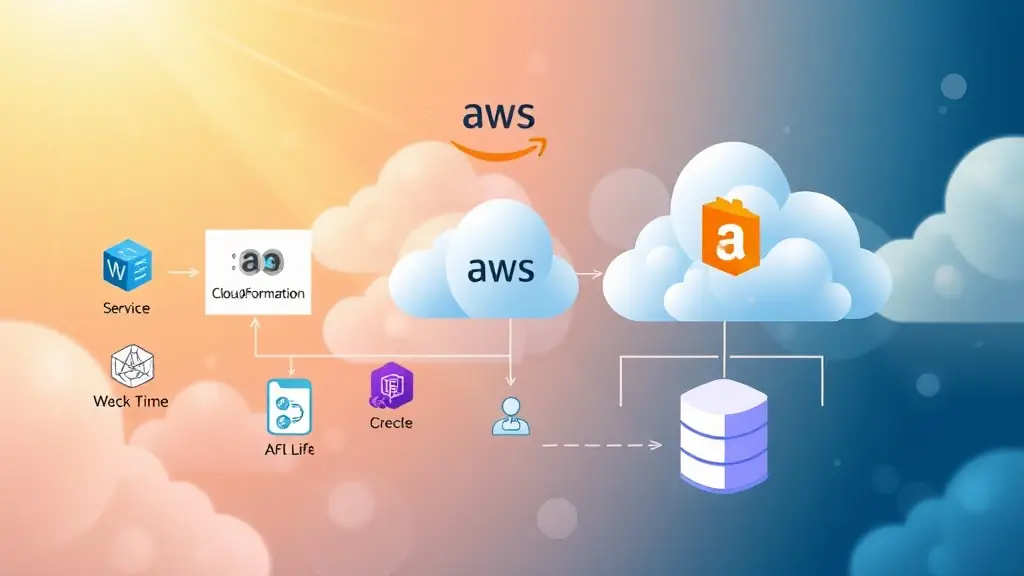Dynamic auto-scaling is a critical feature for businesses operating in cloud environments. It allows organizations to automatically adjust their resource capacity based on real-time demand, ensuring optimal performance and cost efficiency. By scaling resources up or down as needed, businesses can avoid over-provisioning and under-utilization, which can lead to unnecessary expenses. This capability is particularly beneficial for applications with variable workloads, as it ensures that resources are always aligned with user needs.
Implementing dynamic auto-scaling requires a strategic approach to resource management. Organizations must define scaling policies that dictate when and how resources should be adjusted. This involves monitoring performance metrics and setting thresholds that trigger scaling actions. By leveraging these policies, businesses can maintain high availability and performance levels, even during peak usage times. Furthermore, the automation of scaling processes reduces the need for manual intervention, freeing up IT teams to focus on more strategic initiatives.
As cloud technology continues to evolve, the importance of dynamic auto-scaling cannot be overstated. It not only enhances operational efficiency but also contributes to a better user experience by ensuring that applications remain responsive and reliable. By adopting dynamic auto-scaling practices, organizations can position themselves for success in an increasingly competitive digital landscape.



